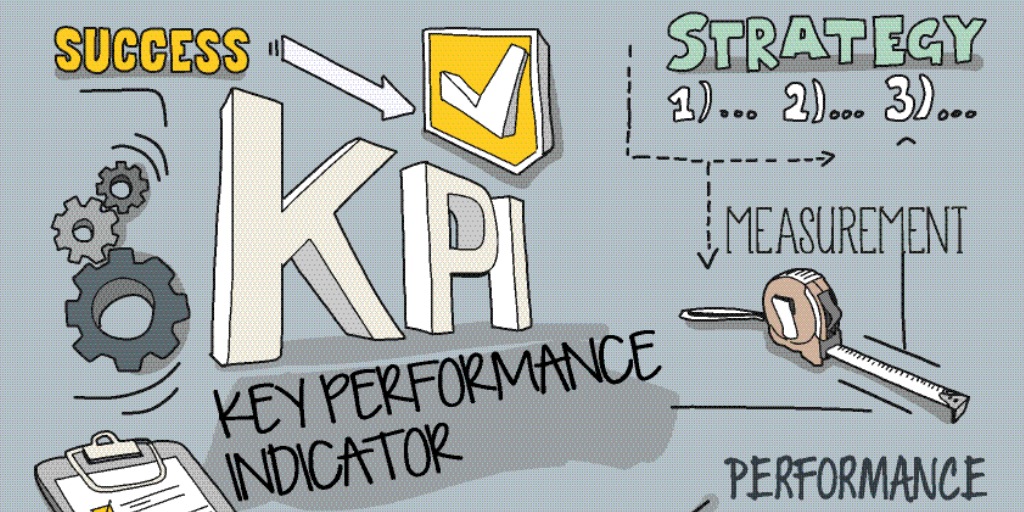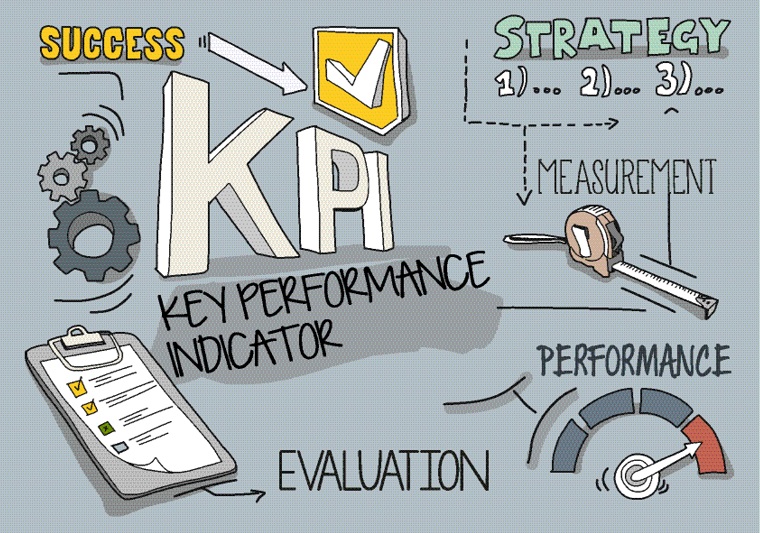These KPIs Will Help To Measure 3PL Success


By Jan McCormick, Jr., Director of Marketing and Communications
Key Performance Indicators (KPI) are critical to measure success in business, and the logistics industry is no different. The trouble with KPI metrics is that there are so many it can get confusing as to which are most important to track. In fact, a study by the Warehouse Educational Research Council captures over 30 of these across areas such as productivity, finance, employees, and labor.
Which of these KPIs are important when measuring the success of a logistics service provider? We looked across our varied client base and identified six key metrics that we measure for all of our clients in one form or another. Then we sat down with our Chief Operating Officer Dave Jesse to provide his thoughts on each.
On-time Receipts: This metric is generally measured as the time it takes for us to receive inventory, put away into our facilities, and record into our warehouse management system. We measure this in hours for our clients, and most have a target for us to perform this task anywhere from two to 24 hours.
“It really comes down to the sense of urgency for the inventory from the client.,” says Jesse. “For our manufacturing support clients, they typically have short windows because the inventory turns so quickly. But when you have a distribution client with a lot of inventory and you are bringing in a large shipment, that 24-hour time frame works fine for them.”
 Order Cycle Time: This KPI is a variation of total order cycle time, and is measured as the time from when an order is placed to when it is shipped. For 3PLs, we are not always aware of when the order is placed with our client, just that an order has been dropped to us and it needs to get shipped. This period of time, which is established at the outset of the agreement, is what we get measured on, typically in hours.
Order Cycle Time: This KPI is a variation of total order cycle time, and is measured as the time from when an order is placed to when it is shipped. For 3PLs, we are not always aware of when the order is placed with our client, just that an order has been dropped to us and it needs to get shipped. This period of time, which is established at the outset of the agreement, is what we get measured on, typically in hours.
“Our typical order cycle time is 24 hours from the time we receive orders from our client. But the changing business environment, particularly in the B2C marketplace, is driving shorter cycle times.”
Order Picking Accuracy: This is the measurement of orders picked without errors, and is usually measured as a percentage of the total lines picked for an order.
“We rely on our internal checking processes prior to shipment to ensure a high level of accuracy. We have developed an internal application to provide a 100% scan validation of order picking accuracy. This works great when our client’s inventory is bar coded, and virtually eliminates any errors in shipping. Best in class in our industry is 99.5% to 99.9%, and we are always pushing to be at the top level of those numbers across our network.”
On-time Shipments: This KPI is measured as the percentage of orders shipped at the planned time. When an order is dropped to us, it comes with a scheduled shipment time that can be as quick as a few hours or as long as a week. What matters for this metric is that the order is ready for shipment within that window.
“On-time shipments are critical because it has to do with our client’s service to their customers. Generally, we get 24 hours to ship an order out on-time, but in certain situations we get a hot order and that window can shrink to just a few hours. If it’s a future order, we could get up to one week. What matters to our client is that we hit their shipment target, and we strive for best in class of 99.8% or better.”
Inventory Accuracy: This is a measurement of the physical inventory in our facility compared to the inventory reported in our warehouse management system. Measured as a percentage, this is usually calculated through a physical inventory, but we have put in place cycle-counting in our locations to help better manage inventory on a day-to-day basis.
“The systems and processes we’ve put in place along with rigorous cycle counting enables us to keep our best in class ratings of 99.9% when it comes to inventory accuracy. That’s always our goal.”
Days on Hand: This KPI measures the number of days raw materials or finished goods sit in inventory in our facilities until they are shipped out to our clients or their customers. Days on Hand is almost always measured in days, and this figure helps our clients identify their slow-moving inventory vs. fast-moving inventory.
“When we share days on hand of inventory by SKU and velocity to our clients, it can often times be eye opening. This metric can point to SKUs that they have excess inventory for, and also highlight fast moving SKUs that they have critically low inventory on. We do this as a service to help highlight opportunities to improve their inventory turns.”
Although all of these KPIs may not be a top priority for every client, they are definitely measurements that will help to make sure a logistics service provider like Bonded is doing their part to improve a client’s supply chain. Have some questions or looking for a deeper dive into these measurements? Reach out to us here!
